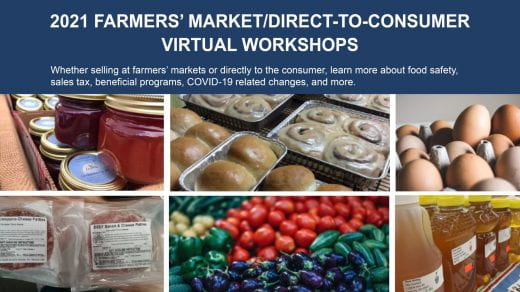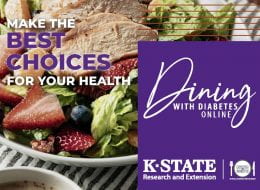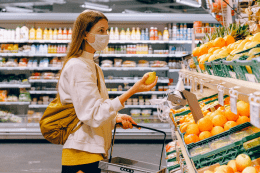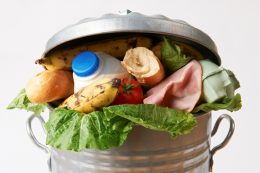Farmers’ markets and direct-to-consumer opportunities are growing across Kansas and continue to be an important source of fresh fruit, vegetables, meat, dairy and other value added agricultural products from small towns to large metropolitan areas. In 2020, 76 farmers’ markets were registered with the Kansas Department of Agriculture’s Central Registration of Farmers’ Markets.
To support Kansas’ farmer’s markets, six workshops are generally held throughout the state in February 2021. Due to COVID-19, the workshops will be held virtually this year. Register now!






